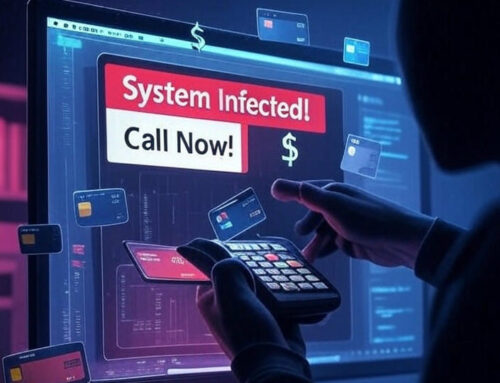In today’s cyber threat landscape, who the Chief Information Security Officer (CISO) reports to is more than just an organizational detail—it directly impacts how well a company can respond to cyber risks.
For years, CISOs have reported to Chief Information Officers (CIOs), based on the idea that cybersecurity is a technical function. But this setup is no longer ideal. Cybersecurity now touches every part of the business—from compliance and legal exposure to customer trust and reputation.
Cybersecurity is no longer just an IT concern. It’s a core business issue. Attacks can disrupt operations, harm brand reputation, and even affect stock prices. That’s why treating security as a technical add-on doesn’t work anymore.
Reporting to the CEO Reflects Reality
When the CISO reports directly to the CEO, it shows that the company takes security seriously—on the same level as finance, legal, and operations. This structure reduces internal conflicts, ensures better funding for security initiatives, and brings security into strategic discussions from the start.
CIOs often focus on system uptime and cost efficiency, which can conflict with security needs. For example, delaying patches to avoid downtime might leave systems exposed.
Giving the CISO more independence helps balance security with operational goals, so that innovation doesn’t come at the cost of risk.
Changing the CISO’s reporting line isn’t just about titles—it’s about making sure cybersecurity is built into how the business runs. In a world where digital threats are growing, that kind of shift is no longer optional—it’s essential.
Why the CISO Role Should Report to the CEO
- Avoid Conflicts of Interest: CIOs focus on IT infrastructure and may prioritize performance and cost over security. A CISO reporting to the CEO can advocate for essential security measures without internal pressures.
- Secure Budget Independence: Cybersecurity often competes for funding with IT projects. A CISO reporting to the CEO can better justify security investments based on business risks.
- Improve Board Communication: Cyber threats are a board-level issue. CISOs who report to the CEO can more easily communicate risks and impacts to the board, ensuring informed decisions.
- Enhance Risk Management: Cyber risk affects legal, financial, and operational areas. A CISO at the CEO level can work across departments to integrate security into the company’s overall risk strategy.
- Meet Regulatory Demands: With regulations like the SEC’s cybersecurity rules and GDPR, a CISO reporting to the CEO helps ensure compliance and demonstrates strong governance.
Building a Stronger Future
Shifting the CISO to report to the CEO isn’t just about hierarchy—it’s about making security central to every decision.
A CEO-level CISO can lead initiatives like zero-trust or AI-based threat detection, securing the resources and backing needed.
This shift also protects the company against future risks, especially with new tech like cloud services and IoT increasing vulnerabilities.
A CISO with CEO support ensures security is built into new technologies from the start, not added later.
CEO-aligned CISOs can invest in proactive threat intelligence, staying ahead of emerging risks instead of reacting after the fact.
Security affects all departments, from HR to legal to marketing. A CISO reporting to the CEO enables seamless collaboration across teams in responding to threats.
Ultimately, a CISO’s position shows a company’s commitment to cybersecurity. A direct line to the CEO highlights that cyber risks are business risks, empowering leaders to innovate while staying protected.
The real question is how quickly organizations can adapt to this change.













Leave A Comment